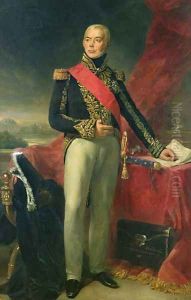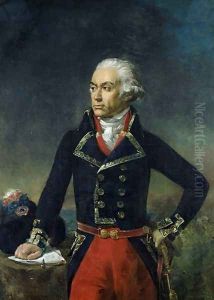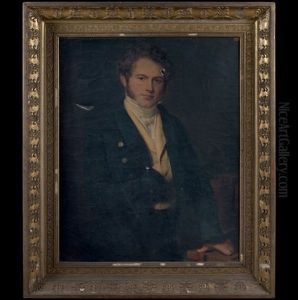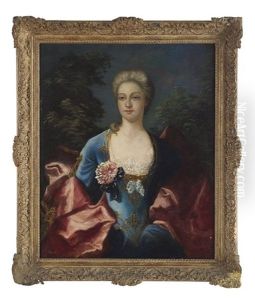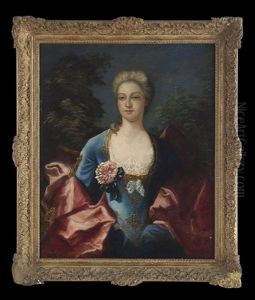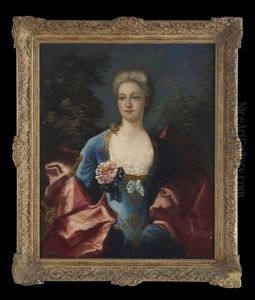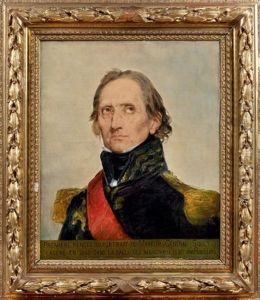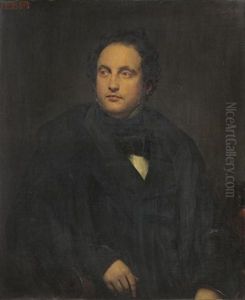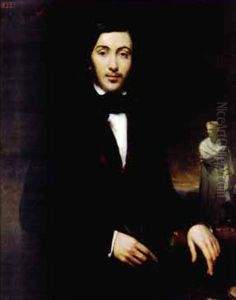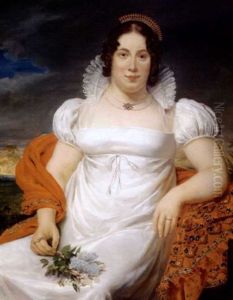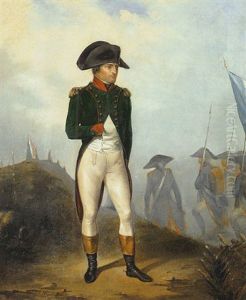Jean Sebastien Rouillard Paintings
Jean Sebastien Rouillard was a French sculptor born in 1789 in Paris. He was active during a period of significant political upheaval and cultural change in France, which spanned the end of the French Revolution, the Napoleonic era, and into the reign of King Louis-Philippe. Despite the tumultuous times, Rouillard managed to develop his artistic skills and gain recognition for his work.
Rouillard was educated at the prestigious École des Beaux-Arts in Paris, where he honed his craft under the tutelage of prominent sculptors of the time. He was particularly influenced by neoclassical styles, which were dominant in the late 18th and early 19th centuries. This style emphasized clarity of form, sober composition, and subject matter that often drew on classical antiquity.
Throughout his career, Rouillard contributed to various significant projects, including decorative works for monuments and buildings. One of his notable contributions was to the decoration of the Arc de Triomphe in Paris, a monument that has since become an iconic symbol of French national pride. His work often captured the spirit of his era, reflecting both the grandeur of the Empire style and the more subdued and introspective qualities that emerged following the fall of Napoleon.
Jean Sebastien Rouillard's sculptures were characterized by their detailed execution and classical grace. He was adept at both relief and in-the-round sculptural techniques, and his works included portraits, mythological scenes, and allegorical figures. Despite his accomplishments, Rouillard never achieved the same level of fame as some of his contemporaries, such as Jean-Antoine Houdon or François Rude, but he was respected by his peers and maintained a steady career.
Rouillard's death in 1852 marked the end of a career that had spanned some of the most dynamic and transformative periods in French art. His legacy is preserved in the pieces he left behind, which continue to be studied and admired for their craftsmanship and historical value. Although not a household name today, Rouillard's work provides insight into the artistic transitions of his time and the enduring appeal of neoclassical sculpture.

